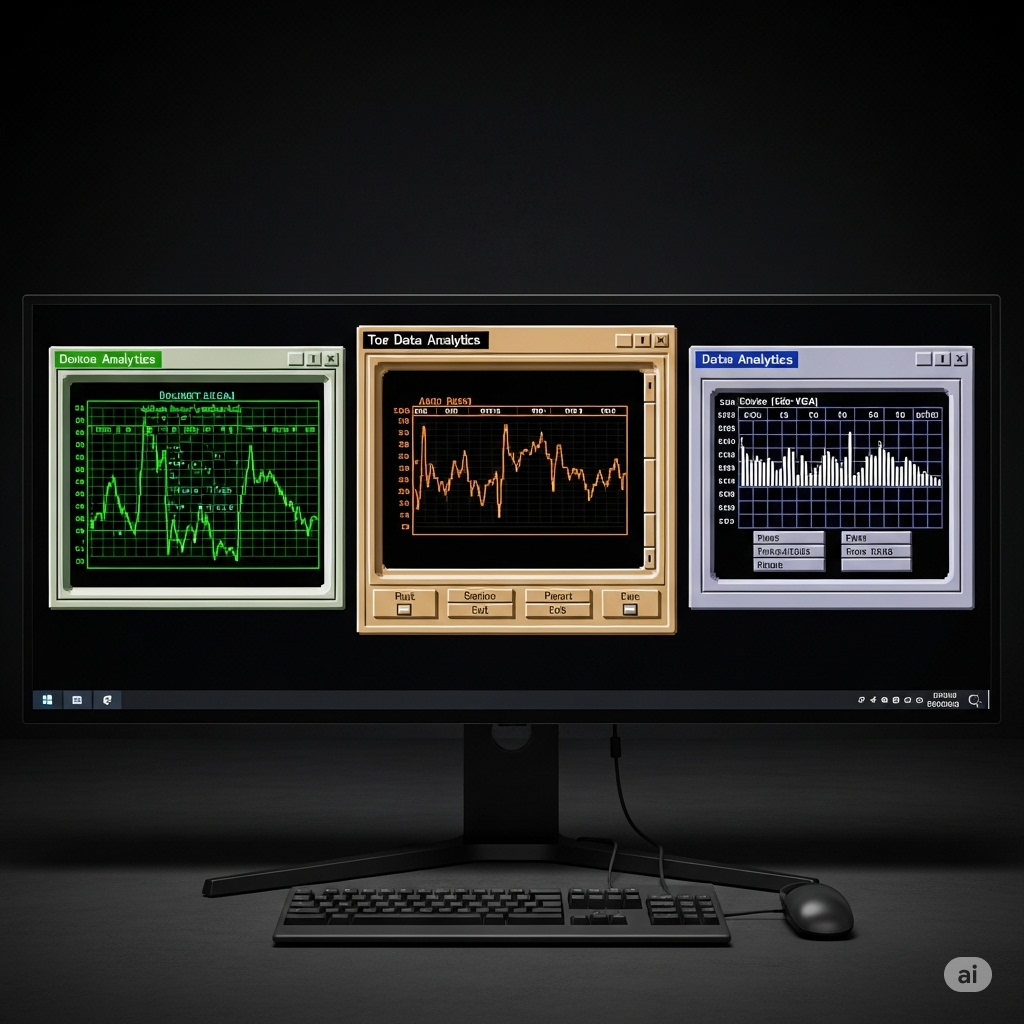The Costs of Outdated Dealership Software
A dealership lives or dies by how quickly and accurately it can manage vehicles, customers, and after-sales services.
But a surprising number of dealerships are still running their operations on outdated dealership software, custom-built systems from the 2000s, patched-together spreadsheets, or ERP setups that haven’t been updated in years.
On the surface, “if it’s not broken, don’t fix it” feels like a cost-saving move. But here’s the thing — outdated, non-automated systems aren’t just slow. They quietly drain money, waste hours, and erode trust. On the surface, they still ‘work’ — but the hidden costs are massive.

The Most Common Problems
1. Duplicate Data Entry and Human Error
When systems aren’t connected or automated, staff have to enter the same information into multiple places — the inventory sheet, the sales contract, the CRM, the accounting module. That’s extra work and a recipe for mistakes. Even a small error like a misplaced VIN digit can mean a rejected registration, delayed delivery, and an annoyed customer.
2. No Real-Time Inventory Visibility
Manual updates mean inventory data is always lagging behind reality. Salespeople can promise a car that’s already sold or overlook vehicles sitting on the lot for months. This ties up cash flow and risks losing deals to competitors who can give instant, accurate availability.
3. Slow Financial Reporting
Without integrated automation, month-end or year-end closing can take days — sometimes weeks. That delay means decisions are made on old numbers, making it harder to respond to market changes in time.
4. Bottlenecks in Service Scheduling
Workshop and service teams often work from separate, outdated booking systems or even paper calendars. Double-bookings, missed appointments, and lack of parts availability checks cause unnecessary downtime and customer frustration.
5. Compliance Risks
Regulations around consumer finance, data protection, and environmental rules are strict and constantly changing. Outdated Dealership software can’t keep up with required reporting formats or automated alerts, putting the dealership at risk of costly fines.
The Consequences in Real Terms
Wasted Time
An average dealership employee might spend 1–2 hours a day on manual data entry or cross-checking between systems. In a 50-person operation, that’s 50–100 hours of productive work lost every single day. Multiply by 250 working days a year and you’re looking at 12,500–25,000 hours wasted annually — the equivalent of 6–12 full-time salaries.
Direct Financial Loss
- A single registration mistake can cost €100–€300 in admin fees, courier costs, or expedited processing.
- Inventory mismanagement means unsold cars depreciate. A €25,000 car can lose €300–€500 in value every month it sits unsold.
- Service appointment mix-ups can cost €200–€500 in lost labor and parts sales per incident.
Customer Trust and Reputation Damage
One wrong contract detail, one missed delivery date, or one double-booked service slot can be enough to push a customer toward a competitor. And in the age of online reviews, bad experiences spread fast. Repairing a damaged reputation often costs far more than upgrading software.
Employee Frustration and Turnover
Talented sales, finance, and service staff don’t want to spend half their time doing repetitive admin. Outdated tools make their jobs harder, which can push them to leave — adding recruitment and training costs on top of lost productivity.
How Dealership-Specific ERP Automation Solves This
Modern ERP systems for dealerships integrate sales, service, inventory, finance, and CRM into a single platform. Automation takes care of repetitive work:
- Data entered once is shared across all departments instantly.
- Inventory updates in real time.
- Invoices, financing paperwork, and compliance reports are generated automatically.
- Service bookings sync with parts availability and technician schedules.
- The return on investment often shows up within months — not just in cost savings, but in faster deal closures, happier customers, and fewer sleepless nights for managers.
The Bottom Line
Sticking with a custom-built, non-automated outdated dealership system may seem like the frugal choice, but it’s like running a race with one shoe untied. The time lost, mistakes made, and opportunities missed add up to far more than the cost of modernizing.
The dealerships thriving today aren’t necessarily the ones with the flashiest showrooms. They’re the ones with the most accurate data, fastest processes, and tightest customer relationships — all made possible by the right technology.
If your dealership’s software can’t give you that, the real question isn’t whether you can afford to upgrade — it’s how much longer you can afford not to.
Want to learn more how ELVA Dealer Management System built on Microsoft Dynamics 365 works and how to implement? Let’s talk